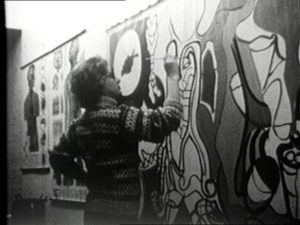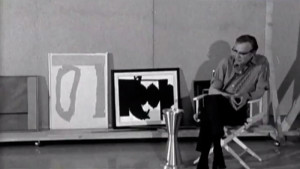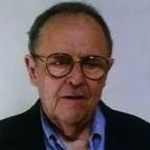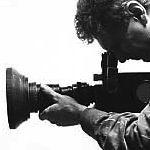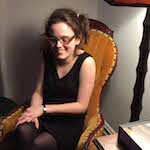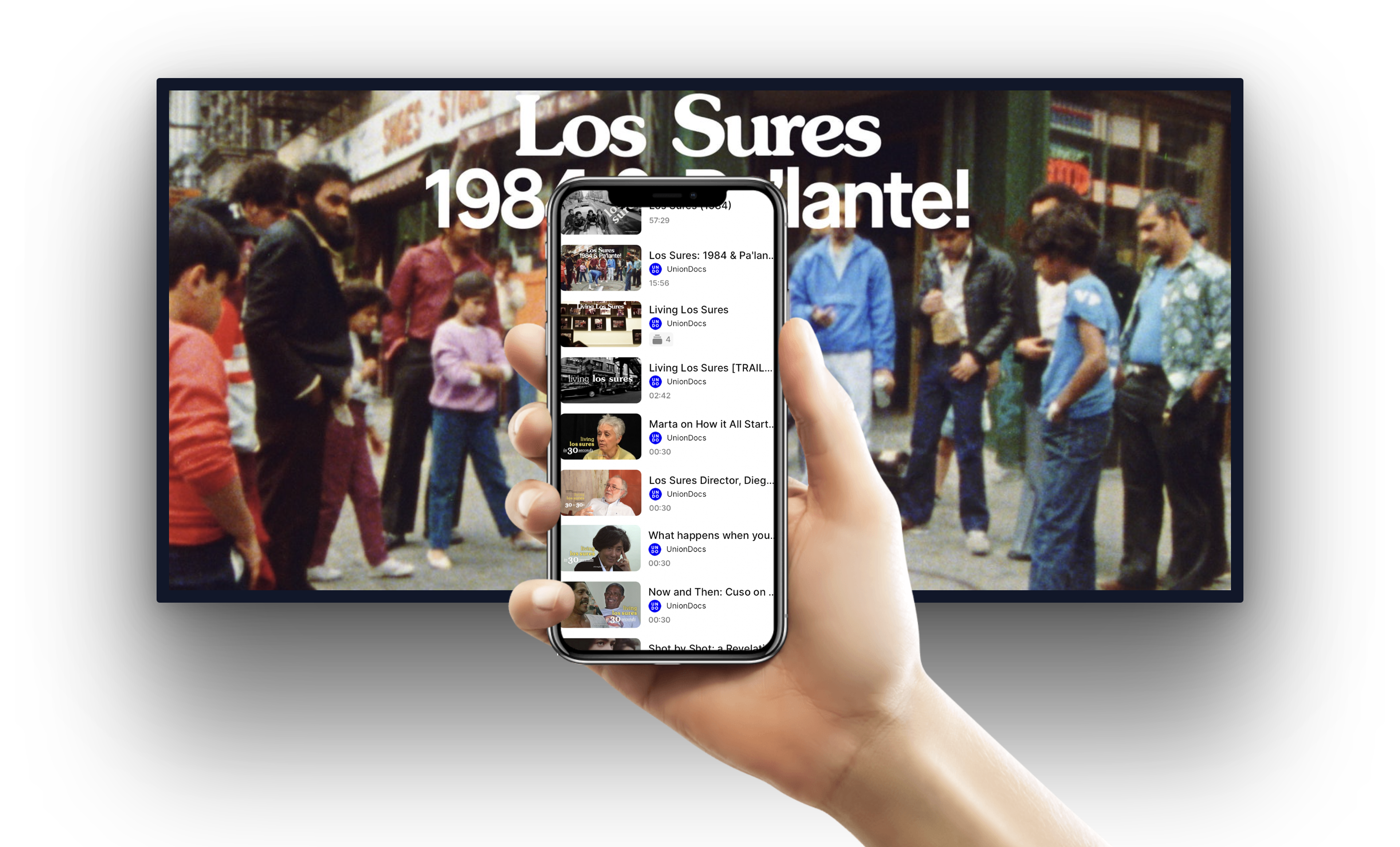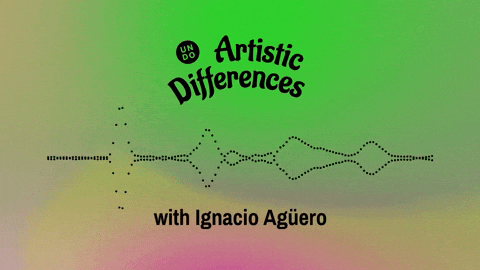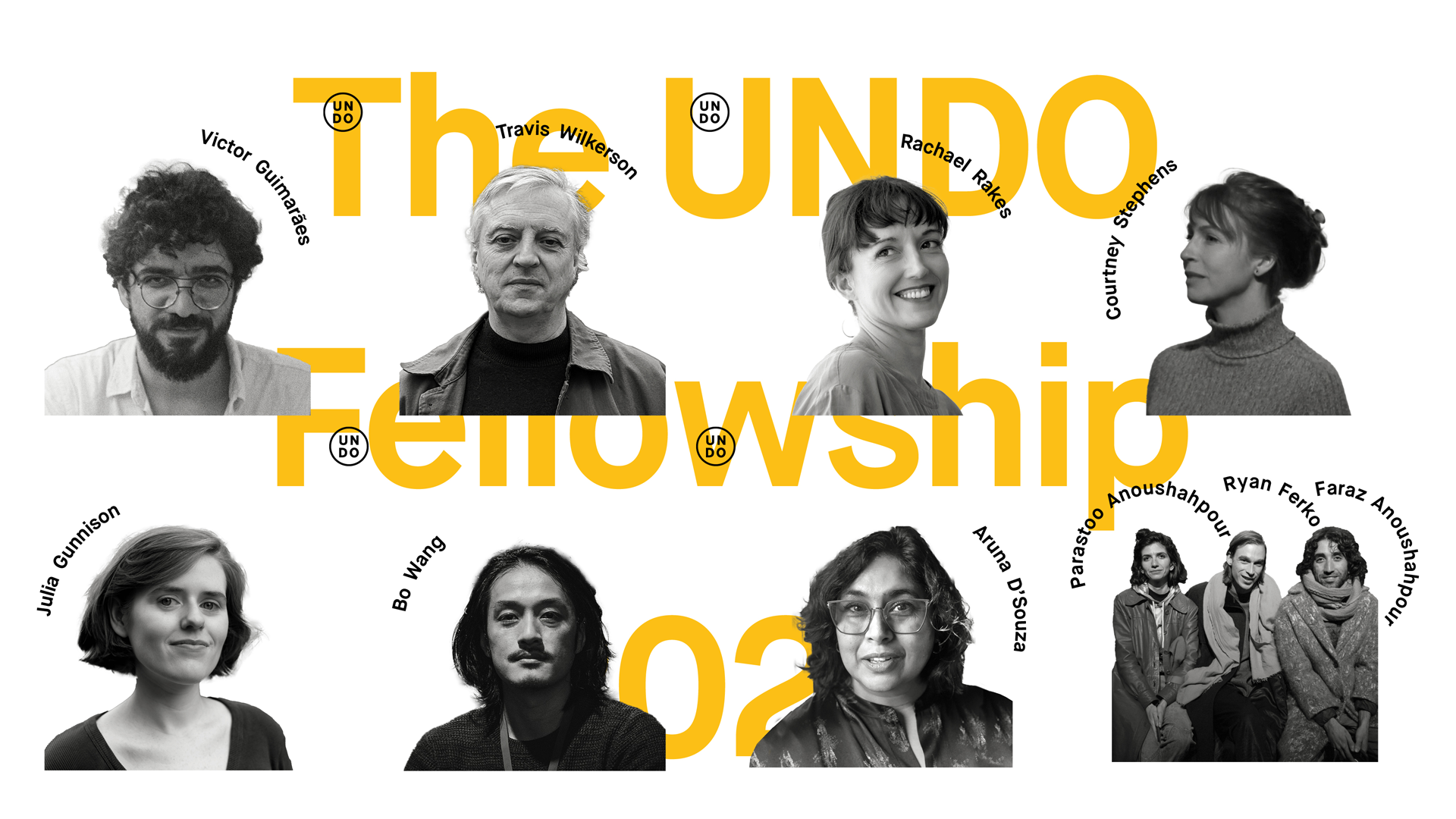Jan 28, 2016 at 7:30 pm
Painters Painting
With Justine Hill, Catherine Pearson and Mary Potter
The definitive documentary on the New York School Painters, featuring the major figures of the New York Art Scene between 1940-1970.
What does and doesn’t make it into the various frames at play in de Antonio’s film points to concerns which remain as crucial today as they were in 1952 or 1972. The evening’s program will begin with Hart Perry’s 1969 portrait of Grace Hartigan, Hartigan and conclude with a discussion featuring Mary Potter, curatorial assistant at the Whitney as a moderator, and Catherine Pearson and Justine Hill discussing the films.
16mm print of Painters Painting courtesy of the Reserve Film and Video Collection of The New York Public Library for the Performing Arts.
Program
Painters Painting, by Emile de Antonio
116 min., 1973, 16mm
To grouse, as Vincent Canby did in the Times upon its initial release, that Emile de Antonio’s portrait of the post-war art scene in New York, Painters Painting, might have been more reasonably titled Painters Talking, misses the joke in several senses. Made at roughly the midpoint between his two most famous films, In the Year of the Pig (1968) and Underground (1974), and generally received as something of an amiable diversion from his more serious political work, Painters Painting in fact continues de Antonio’s career-long project of building structural critiques out of carefully culled anecdotes. So, yes: brand-name painters (Warhol, Johns, Rauschenberg, etc.) and the various other agents comprising the art world do indeed talk and talk and talk to de Antonio, a close friend of many of the film’s participants, in the process revealing both a considerable amount about their own principles and methods, and perhaps even more about the emerging role of the artist as a public persona.
116 min
Documentary filmmaker Emile de Antonio created a great deal of controversy during his nearly 20 years as a filmmaker by making decidedly Marxist underground films that sharply criticized his native U.S. during the times when the Cold War was still very real. The Pennsylvania native was the son of a wealthy doctor and educated at Harvard–he was in the same class as JFK. Before becoming a filmmaker, he held odd jobs ranging from longshoreman to college instructor. De Antonio began making documentaries in the mid 1960s. As a filmmaker, he preferred to intricately edit old footage into something new. Many of his films were made without narration because he believed there was something fascist about someone telling the viewer what to think. His rather radical criticism of American institutions and government officials angered many officials who would send the FBI out to harass him. His style of filmmaking greatly influenced the avant-garde films of Andy Warhol. –Sandra Brennan, Rovi
During the last 30 years working as a filmmaker, Hart Perry has carved out three distinct reputations: social and music documentarian, cameraman and artist. Hart Perry is a cinematographer and director, known for Harlan County U.S.A. (1976), American Dream (1990) and Valley of Tears (2003).
Justine Hill is an artist living and working in Brooklyn. She received her MFA from the University of Pennsylvania and her BA from the College of the Holy Cross. She has had solo exhibitions at Kathryn Markel Fine Arts (New York), Blueshift Project (Miami), and Galerie Protégé (New York), and has been in critically reviewed group shows such as Metamodern at Denny Gallery (New York) and Immediate Female at Judith Charles Gallery (New York). Her work has been reviewed in Hyperallergic, The Observer, Huffington Post, Arte Fuse, and On Verge.
Catherine Pearson is based in Brooklyn, NY. Her first solo exhibition was “A Feeling” at Good Work Gallery, which coincided with the release of her book of the same title. She holds a BFA from Cooper Union.
Mary Potter is a curatorial assistant at the Whitney Museum of American Art.




